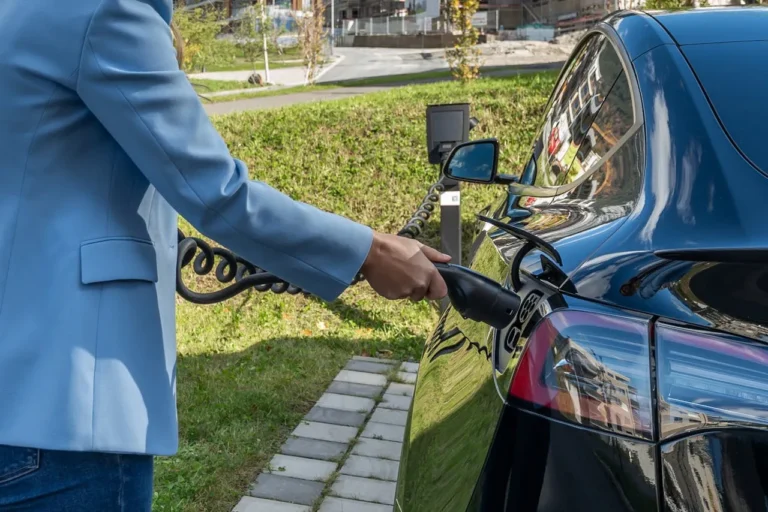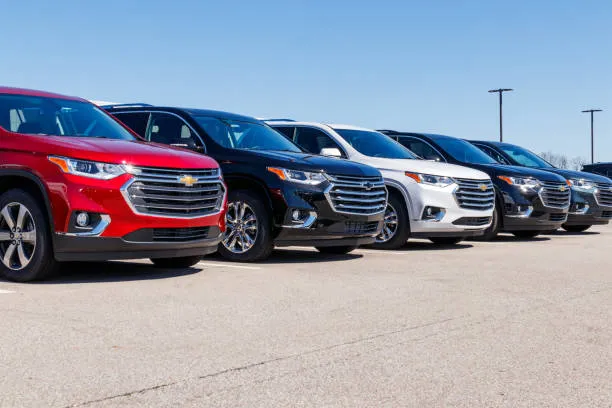
Road Trip Season with Chevrolet: Essential Car Seat Safety Tips and Heatstroke Awareness for Families
As summer hits its stride, so does America’s love for the open road.Car Seats Families across the country are packing up their vehicles, loading coolers and sunscreen, and heading out on weekend adventures or long-awaited vacations. But amidst the excitement of road trips and family fun, there’s a critical issue that must remain top of mind—child passenger safety, especially as temperatures rise.
At General Motors, safety has always been a cornerstone of our vehicle design and engineering philosophy. As GM’s lead Child Passenger Safety Engineer, I spend my days focused on how we can protect the most vulnerable passengers—our children. Summer travel brings unique challenges, from the risks of heatstroke in parked cars to the common mistakes made with car seat installation. And while Chevrolet continues to advance vehicle safety technology, the most powerful safety tool remains education and awareness.
To help elevate this conversation, Chevrolet recently hosted an event at our Milford Proving Ground’s Vehicle Safety and Crashworthiness Lab. The goal was to provide families with practical guidance through hands-on demonstrations using Chevrolet’s family-friendly vehicles: the Traverse, Equinox, and the all-electric Equinox EV. Our team walked parents and caregivers through correct car seat installation techniques, introduced key in-vehicle safety technologies like Rear Seat Reminder and Teen Driver, and simulated how quickly vehicle interiors can heat up—even on mild weather days.
The Heatstroke Danger: A Silent Threat
Vehicle heatstroke is one of the deadliest but most preventable threats to children. Since 1998, over 1,000 children in the U.S. have tragically died from vehicular heatstroke, according to data from NoHeatstroke.org. In 2024 alone, 39 children lost their lives to this cause—a 35% increase from the previous year. And as of mid-2025, 15 children have already died, including 10 since June 6.
Most of these incidents are not a result of recklessness but rather a tragic lapse in memory. More than 50% of heatstroke fatalities occur when a child is accidentally left in the back seat. What’s particularly alarming is that high temperatures aren’t even necessary. On a day when it’s only 72°F outside, the interior of a car can reach over 110°F in less than 30 minutes. In May, this heartbreaking reality played out when a 2-year-old in Maryland passed away after being left in a vehicle on a 72-degree day.
Children are especially vulnerable to extreme heat. Their body temperatures rise three to five times faster than adults’, and they have a harder time regulating heat. That’s why it’s never safe to leave a child unattended in a vehicle—not even for a minute.
Preventing Vehicular Heatstroke: A.C.T. Now
Safe Kids Worldwide promotes a simple and effective acronym for caregivers to remember: A.C.T.
- A – Avoid leaving your child in the car. Ever. Not even for a moment while you “run in quickly.”
- C – Create reminders. Place your phone, wallet, or a work badge in the back seat so you’ll be prompted to check the rear seat when exiting the vehicle.
- T – Take action. If you ever see a child alone in a car, call 911 immediately.
In 2016, Chevrolet pioneered an industry-first solution to help prevent these tragedies: Rear Seat Reminder. This feature doesn’t use sensors but instead monitors the use of rear doors. If you open and close a rear door before or during your trip, the system issues a chime and an alert on the instrument panel once the vehicle is turned off—reminding you to check the back seat.
Since its introduction, several other automakers have adopted similar systems. But while technology can assist, it is no substitute for caregiver awareness and responsibility.
Car Seat Safety: Common Errors and How to Fix Them
Car seats, when used and installed correctly, reduce the risk of fatal injury in a crash by up to 71%, according to data from the National Highway Traffic Safety Administration (NHTSA). Unfortunately, research from Safe Kids Worldwide shows that more than half of car seats are still installed incorrectly.
Here are a few car seat safety fundamentals to ensure your child is as safe as possible:
- Rear-Facing as Long as Possible: Rear-facing seats offer the best protection for infants and toddlers. Keep your child rear-facing until they exceed the height or weight limit of the car seat—typically at least age 2.
- Tight Installation: The car seat should not move more than one inch side-to-side or front-to-back when tested at the belt path. A snug installation is key.
- Proper Harness Positioning: Harness straps should be flat, snug (you shouldn’t be able to pinch any slack), and positioned at or below the child’s shoulders when rear-facing.
- Avoid Aftermarket Products: Skip seat accessories that didn’t come with the seat—such as mirrors, pillows, or harness covers—as they haven’t been crash-tested and can compromise safety.
- Don’t Use Expired or Secondhand Seats: Car seats have expiration dates, typically 6–10 years from the date of manufacture. Also avoid used seats with an unknown history—they may have been in a crash and could have hidden damage.
For families unsure whether they’re installing their car seat correctly, many local fire departments, hospitals, and safety coalitions offer car seat checks. You can also find certified child passenger safety technicians through Safe Kids Worldwide.
OnStar: Additional Support in an Emergency
For Chevrolet vehicles equipped with OnStar and an active service plan, there’s an added layer of reassurance. In situations where a parent might lock their keys in the car or need to communicate with a distressed child inside, OnStar advisors can remotely unlock the vehicle or connect you directly to the car via hands-free calling—providing both assistance and comfort in an emergency.
Chevy Safety Assist: Technology That Supports Safer Driving
Most Chevrolet models from 2025 and beyond come standard with Chevy Safety Assist, a suite of six advanced driver assistance technologies:
- Automatic Emergency Braking
- Front Pedestrian Braking
- Lane Keep Assist with Lane Departure Warning
- Forward Collision Alert
- IntelliBeam® Auto High Beams
- Following Distance Indicator
Additionally, the Teen Driver system allows parents to set speed limits, volume restrictions, and view driving report cards to help coach young drivers toward safer habits.
However, it’s important to note that while these features provide added peace of mind, no technology can replace an alert, responsible driver.
Summer Travel Tips: Final Thoughts for Families
As we embrace the joys of summer road trips—scenic drives, spontaneous detours, and bonding time with loved ones—let’s remember that child safety starts before we ever leave the driveway. Whether it’s double-checking a car seat install, using reminders to check the back seat, or setting safety rules for teen drivers, each step plays a vital role.
At Chevrolet, we’re proud to lead the industry in safety innovation and family-centered design. But the most effective safety device in any vehicle remains the attentiveness of parents and caregivers.
So this summer, wherever the road takes you—whether it’s the beach, the mountains, or just a drive across town—buckle up, stay alert, and never leave a child unattended in a vehicle.







